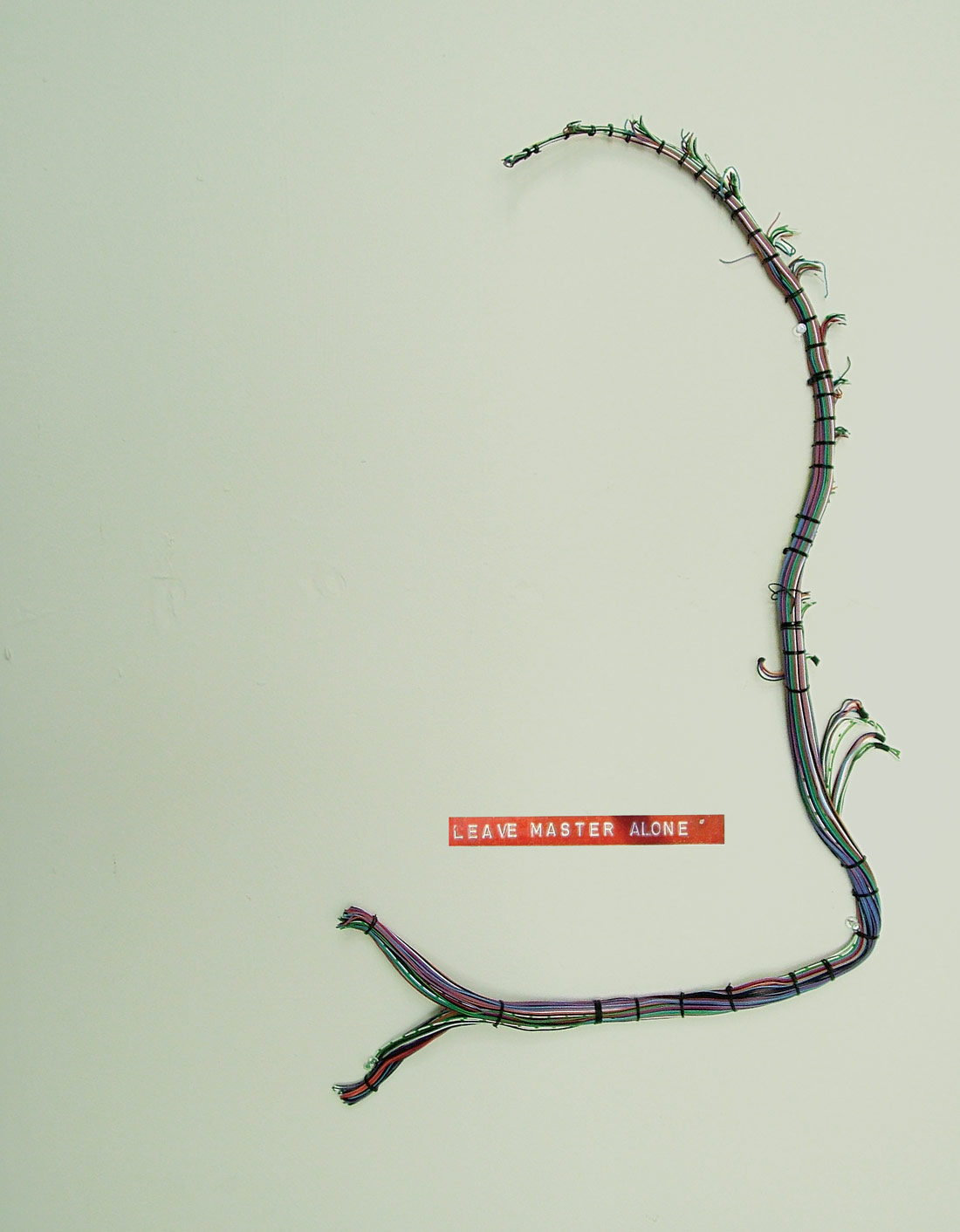It's interesting how an album's recording origin can swiftly take on some sort of perceived, tangible importance and become mythical. Every day I receive emails and CDs from artists, labels and publicists where the background on the tracking of a record is trotted out as if it has played a huge part in what the record is. Publicists and journalists seem to love discussing recording mediums, time frames, recording environments, numbers of tracks and various supposed details in simplistic, general terms. Of course many of us do think the details of a recording session can be interesting, and obviously we have a whole magazine here devoted to discussing and understanding the art of recording music, but to constantly suggest that small details ("recorded on 4-track cassette" certainly comes to mind) really tell us anything about the music being created or what we should expect of its emotional and melodic qualities is certainly misleading. Creating, writing, recording and thinking about music is what brings us together in a magazine like Tape Op, but let's not assume that the limitations or specifics of a recording scenario also define the art being created.

